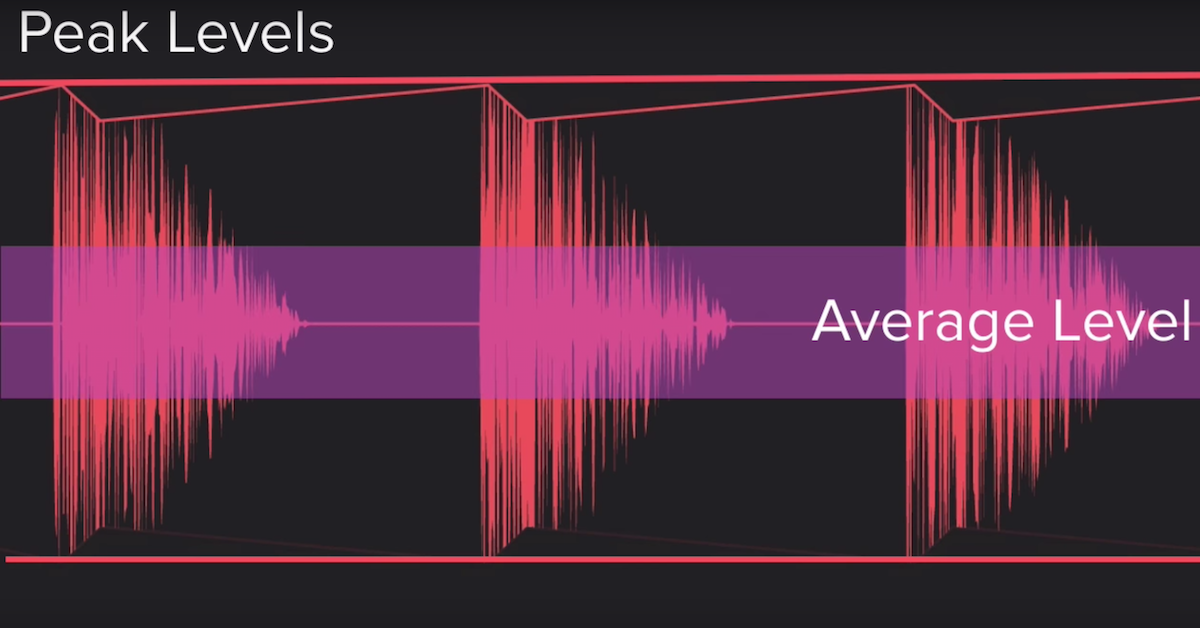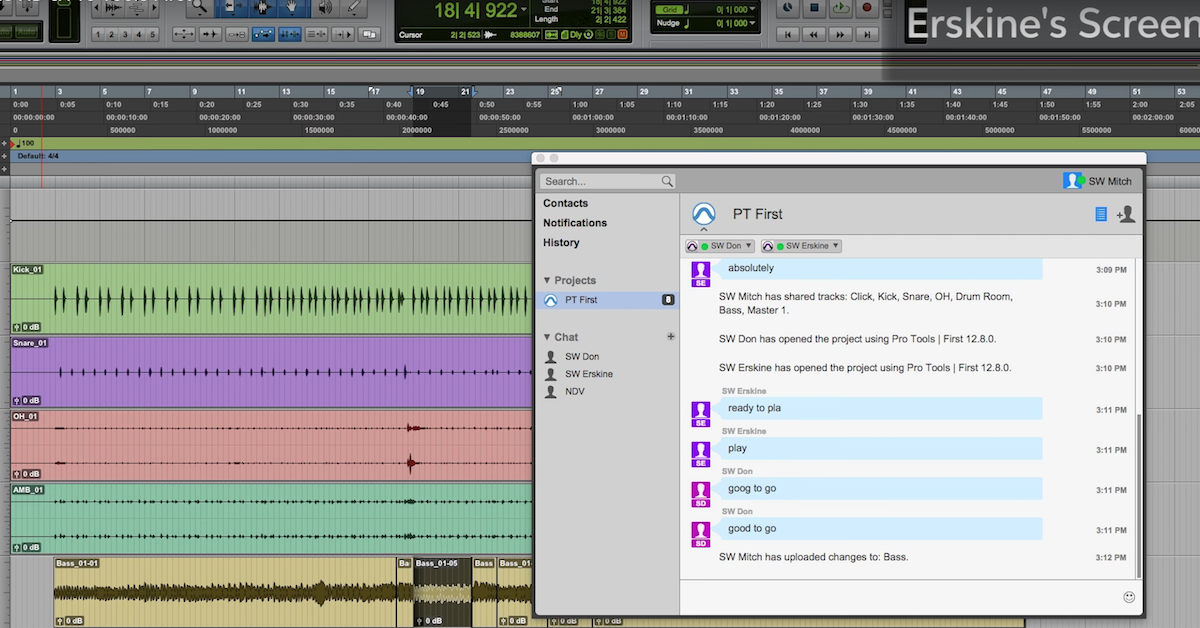7 Tips to Humanize Your EDM Productions
Article Content
Electronic music — some love it, some hate it. Those who love it tend to love the big diverse sounds and the intensity. Those who hate it typically describe it as repetitive, mechanical, or even fake.
So, what can we do to enlighten those who would call EDM boring? Well, my approach is to bring humanity back into electronic music.
Here are a few of my favorite techniques for bringing new life into EDM productions:
1. Loosen Up the Timing
Humanizing the timing, particularly on drums, is one of the best ways to give your otherwise rigid sounding tune some groove.
There are a couple of ways to do this. Moving everything slightly off grid manually, while tedious, gives you the most control over the groove. The fast option would be to use the humanize option in your DAW if it has one.
Don’t restrict yourself to just drums though, you can humanize pretty much anything. My favorite thing to loosen up is piano.
Changing the velocity of each note and offsetting the timing of each chord by a few milliseconds can really bring your piano into reality (more on this in tip #4.)
2. Play Slightly Out of Tune
I know this one sounds crazy but stay with me!
When recording live instruments, there is always a probability of them being just ever so slightly out of tune. Even if you tune between every take, strings may stretch or intonation may be slightly off. This just adds to the “liveness” of the track.
If you take a tuner and watch the pitch on a vintage analog synth, you will see that the pitch fluctuates slightly. This is one of the reasons old synths have so much charm. To recreate this, try tuning your synths a cent or two sharp or flat; better yet, try adding a slow LFO that slightly modulates pitch.
Subtlety is key here — too much and the track will just sound sloppy. The idea is to add just a subtle touch of realism, but not enough to sour it.
3. Real Instruments
I am lucky enough to have a late 19th century Steinway piano in my studio that frequently finds it’s way into my productions. Even if you don’t have a real piano, you can still use real instruments.
Electric guitar is an obvious choice, as is live bass.
Apart from those, try adding some real percussion. Shakers, tambourines and claps are easy to track and will beat pre-fabricated loops most of the time. If you’re feeling adventurous, grab a mic and find some random sounds to record. I once made an awesome bass pluck by recording an aluminum tube dropping vertically onto a rubber mat with an SM57.
4. Play the Parts
I always seem to write better melodies and chord progressions when I play them on a keyboard as opposed to writing them in a keyroll. Even if you aren’t a master on the keyboard, record your MIDI data and use that. This will save quite a bit of effort and you’ll spend less time working on tip #1.
Play around on different instruments to find new inspiration. A melody written on guitar will give you a completely different feel, even if you later transcribe it to a keyboard-based instrument.
5. Get Out of the Box
Most electronic music is produced entirely in the box these days, and while digital is sounding better than ever, you can still add some warmth to your sound by taking it into the analog domain.
Guitar pedals are great on synths and most of the time they force you to collapse the sound into mono which by itself can add a cool aesthetic to the sound.
I love running bass patches through a Boss CE-1 chorus pedal. Another option is to have your music mastered by an engineer that uses hardware, just to give it that special edge.
6. Vocals
It may seem obvious, but so many EDM tracks are left as instrumentals. Bringing a fantastic vocalist into the mix usually turns a good song into a great song. If the song is already sounding huge, have your vocalist sing in the breakdowns and let the drop work as the chorus.
Try experimenting with mixing as well. To contrast a spacey mix, try having the vocals quite dry. Alternately, if the song is tightly produced and has a very clean sound, adding loads of delay and reverb can create a cool effect.
I’m a sucker for tape delay on vocals. Check out Gabriel & Dresden’s remix of Way Out West’s “Mindcircus.”
Even if the vibe of the song doesn’t lend itself to regular vocals, try a vocoder or talkbox, or put some crazy effect chains on your own voice.
The human voice is an amazing instrument and even if you mangle it with effects, it still adds an otherwise unobtainable humanity to music.
7. Dynamics
In electronic music, it’s pretty easy to get away with heavy compression on just about everything. While the pumping may help give the track a higher perceived volume, the lack of dynamics may also take some life away, especially on larger sound systems.
If your target audience is in a club or at a festival, back off on the compression, especially on the 2-buss.
To get back some of the loudness that you might lose if you dial back the compression, try using a saturator, particularly on the high-mids. Of course this runs the risk of adding harshness, so, as with many of these tips, subtly is key.
Bringing it All Together
Sometimes all your production needs is a touch of life to get things meshing. Try these tricks and see what they can do for you.
Got any tips of your own that help you bring life back into your EDM productions? Let us know in the comments!





